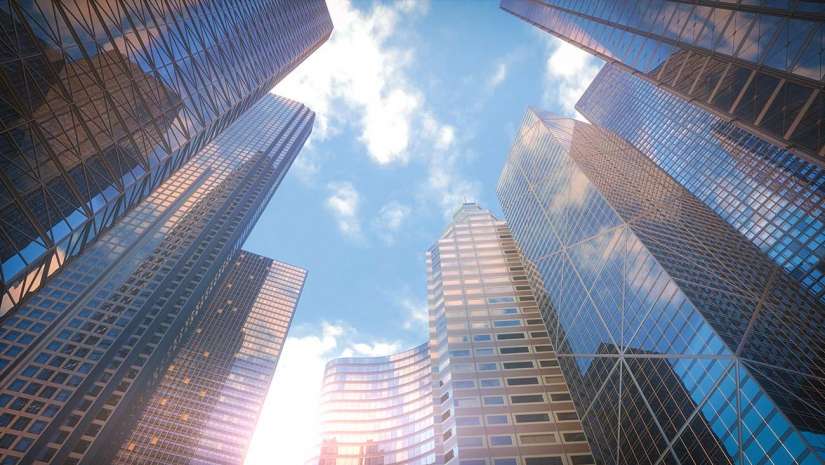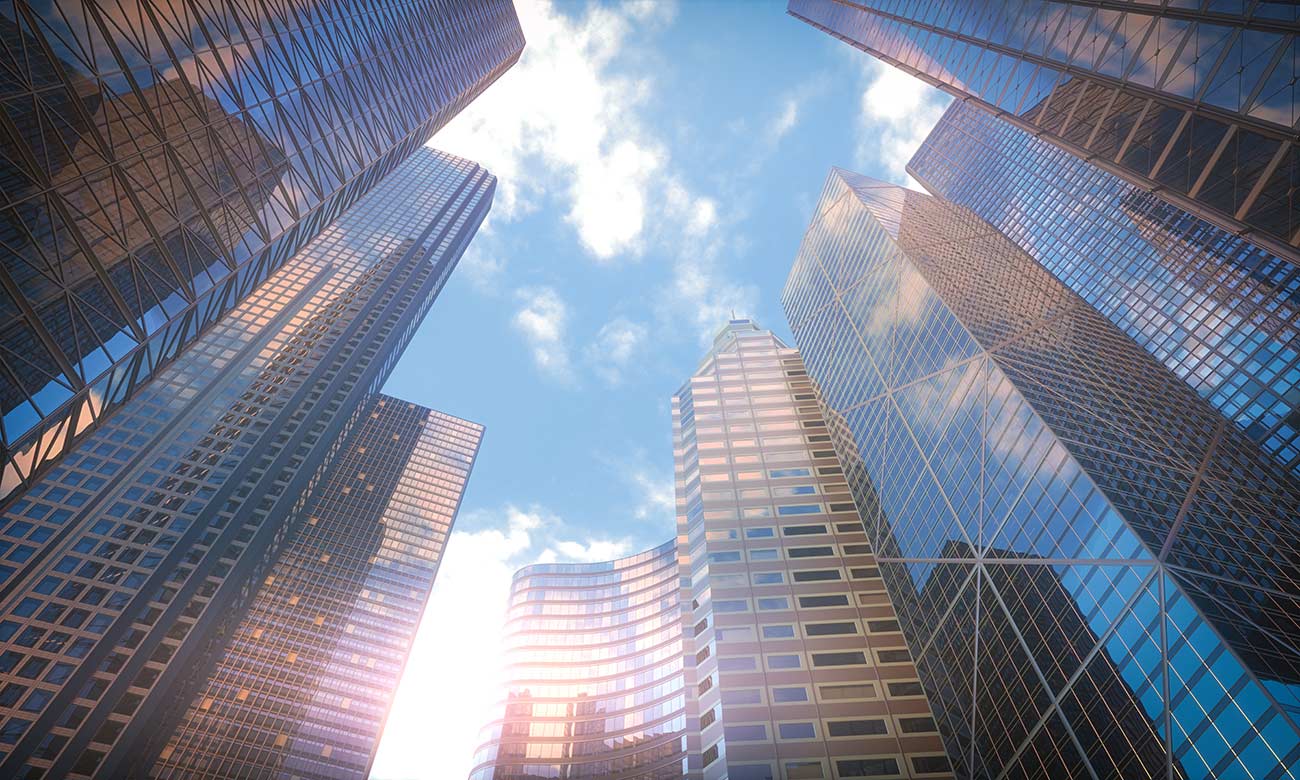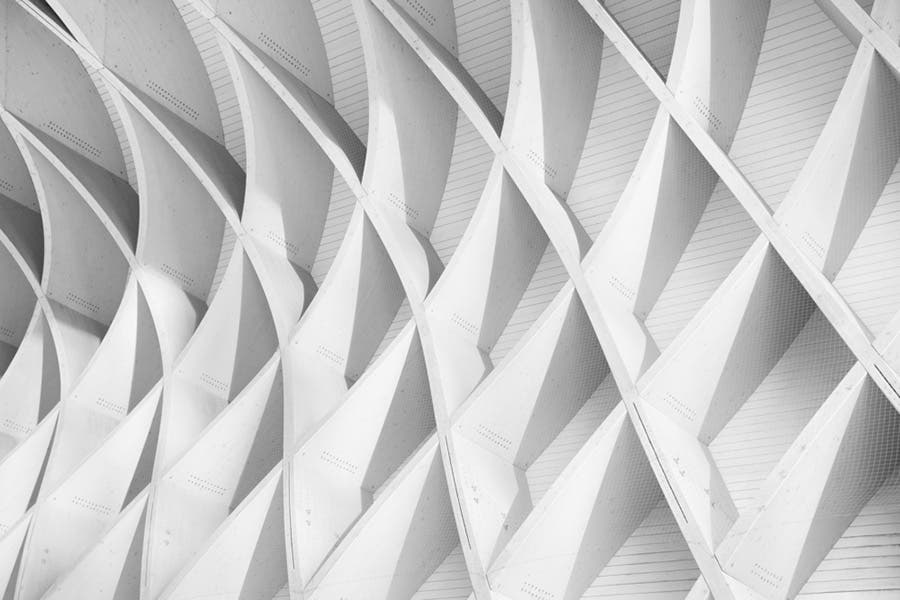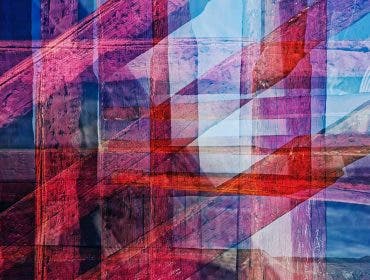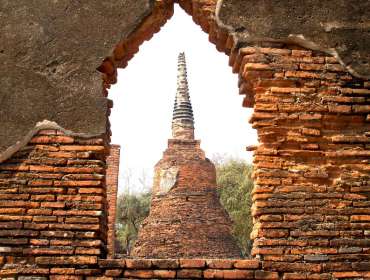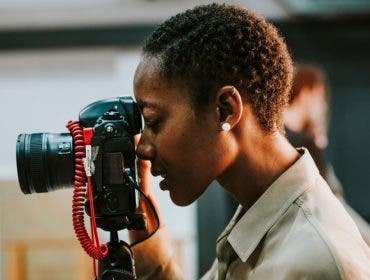We are surrounded by architecture everyday. From the houses we pass by on our way to work to the buildings we see while running our daily errands, we encounter different kinds of structures wherever we go. There’s always something unique or interesting about a building or structure that captures our interest—may it be the combination of patterns, colors, and shapes, or perhaps some unexplainable feature that makes it all the more compelling. Architecture photography captures these unique lines, designs, and more.
Regardless of what it is about a structures that strikes a shooter, strategically choosing the right camera settings and utilizing certain photography techniques can help anybody take captivating architecture photos in ways that best capture their beauty.
What is architecture photography?
Architecture photography is more than photos of buildings. It’s a style of photography that makes buildings and structures the main subject of each image. This could include outdoor architecture, such as the skyscrapers of New York City. Or, architecture photography may include interiors, such as a dazzling library, an old church, or a modern office. The best architecture photography shows the grand scale of a building while still highlighting the small details. It’s a timeless art form that catalogs some of the world’s greatest man-made marvels.
What makes a good architecture photo?
To make your architecture photography shine, start with a few simple tricks. For one, determine the mood you want for your images and select the time of day accordingly. Do you want an awe-striking vibe? Try sunrise or a night shot. For a moodier look, wait to shoot until it’s overcast with dramatic clouds.
Additionally, go beyond the eye-level shot when capturing your photos of buildings. Bend down, step back, photograph through leaves, or even use props to help your architecture photography stand out from the pack. You can include pops of interest, say people or automobiles, to add scale to the building. And don’t forget to photograph in RAW, then edit, to really fine-tune each image.
Things to Consider for Great Architectural Images:
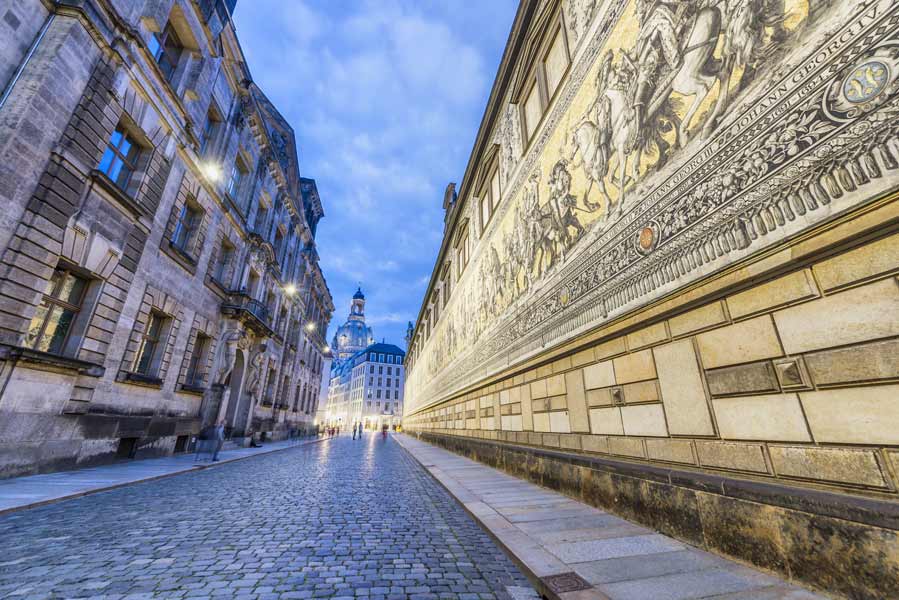
Subject and Approach
Consider the location where you’re shooting and what type of architecture you want to focus on—quaint houses, modern skyscrapers, or older, more classic structures. Doing this beforehand will help you decide what approach to take. Once you’ve chosen your subject, study its structure and its surroundings. If possible, dig deep into the building’s history. These little bits of information will allow you to choose which aspects of the structure you should focus on so you can capture and showcase its essence in the photo.
Photography Gear
Depending on the architectural structure that you plan to photograph, you will need to choose the appropriate shooting gear to bring out the beauty of your subject and help you achieve your desired results.
You don’t need a massive kit when it comes to architecture photography gear. A few items will do the trick. For one, a wide-angle lens is a must, especially for outdoor architecture. This will help you capture the entire building, without cutting off any key parts. Additionally, try a mirrorless or DSLR camera, particularly one that works well in low-light situations in case you decide to play around with blue hour or night architecture photography. A polarizing filter is great for daytime architecture photography. You’ll also benefit from a tripod and panorama head, especially if the building’s too large to fit in frame.
Figure out what types of photos you want to achieve and consider things like the time of day that you want to shoot, as this will also help you figure out the appropriate gear to bring.
Vantage Point
Another important thing to consider is the perspective and angle at which you want to photograph a particular building or structure. All types of architecture—whether classic or modern—have unique lines, colors, and patterns. It’s up to you to decide how you’re going to capture these details in your photos.
The vantage point you choose will also affect the lines that will show in your image. Shooting skyscrapers will shift the focus to the vertical lines leading up to the peak of the towers in the frame. Horizontal lines, on the other hand, are rarely evident in the image itself, but will be crucial when framing the shot. Curved lines on certain structures can also serve as an interesting tool to bring the attention to the focal point in your images.
Appropriate Camera Settings
When shooting in various lighting and weather conditions, it is essential that you tweak your camera’s settings accordingly. Architecture photographers typically use smaller apertures to achieve a greater depth of field, and slower shutter speeds to compensate for low light. You’d want to use around f/8 or smaller when shooting outdoor architecture in order to get the entire subject as sharp as possible. Since you’ll likely be using a tripod, the small aperture opening won’t be a problem as you can shoot at slower shutter speeds to ensure that you get enough light into your camera.
Shooting at ideal times of the day, like the golden hour and the blue hour, would save you a lot of guesswork in trying to figure out the right settings for your photo, as the lighting during these times are almost always flattering for architecture photography due to the lack of bright light, which can cause glare and reflections.
If you’re ready to get started, here are a few tips that you might find valuable in nailing exceptional outdoor architecture photos:
Practical Tips for Outdoor Architecture Photography:
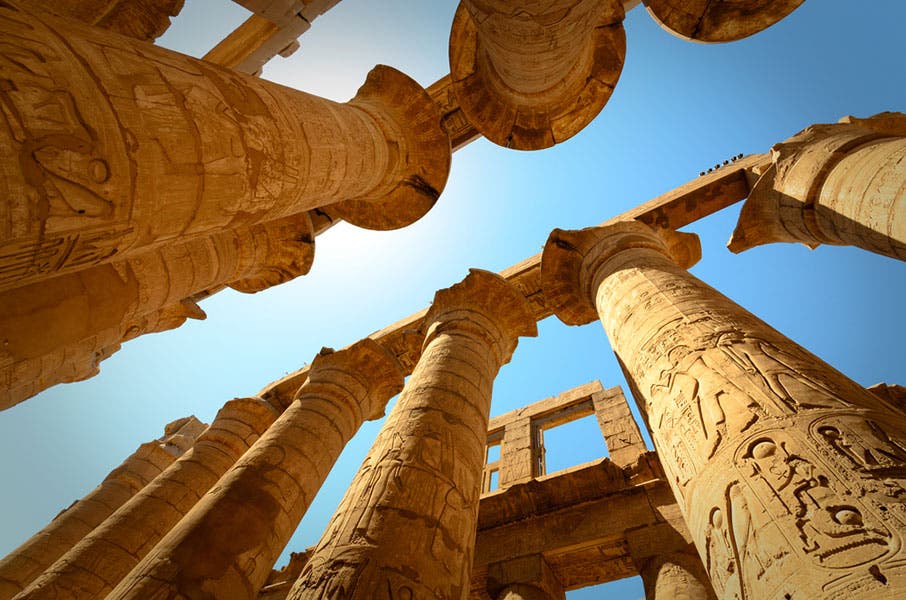
Focus on the Details
Buildings are typically captured as a whole in order to showcase their full glory. However, certain architectural structures, especially old ones, are filled with intricate details that are sometimes lost to the eye when a structure is captured as a whole. In this case, it may be better to move in closer to your subject. It also helps to capture the subject artfully against its surrounding elements to add more depth and detail to your image.
Focus on Patterns
Aside from patterns that are built into the designs of a building’s exterior walls, consider emphasizing or focusing on the patterns formed by windows or the structure of your chosen architectural subject. You can even focus on how directional lighting creates shadows that emphasize the building’s structural features.
To reduce the risk of diagonal distortions, make sure to keep your camera level with the building you are photographing, either by using your camera’s electronic level or by using a hotshoe bubble level. It is also important to ensure that your camera’s sensor is parallel to the plane of the structure. This can usually be achieved by finding a higher vantage point that allows you to shoot your subject without having to tilt your camera.
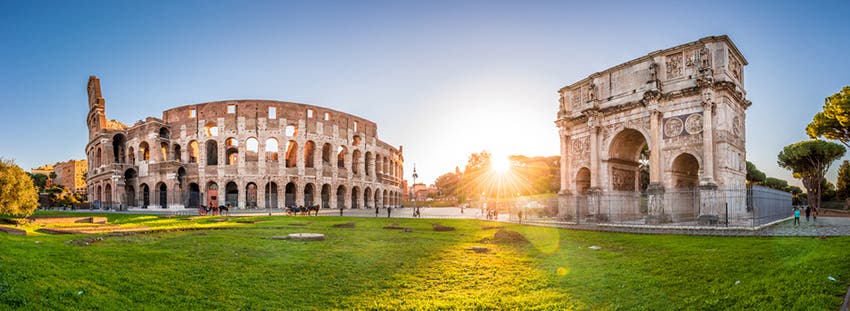
Make it Panoramic
A panoramic shot is an effective way to capture an architectural landscape in its entirety, including the skyline and other elements surrounding it. You can do this either with a camera that has a panorama mode or stitch mode, or by using an editing software that stitches multiple shots together.
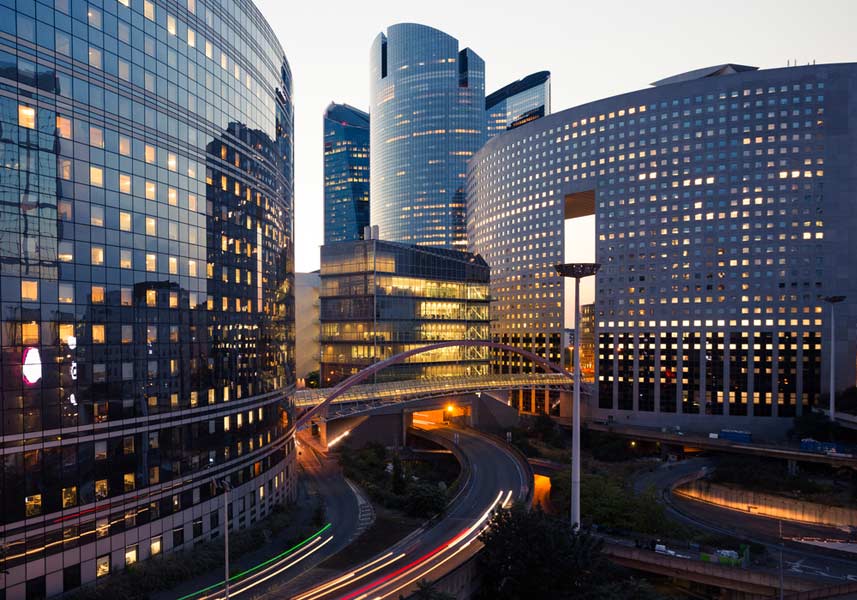
Take Long Exposure Shots
Using the long exposure technique in taking architecture photos gives buildings and structures an otherworldly look and feel. To do this, use slower shutter speeds until the desired effect (i.e. sharp structures, soft, slightly blurred skies, and light trails) are achieved. When shooting during the day, it helps to use filters that reduce the amount of light that enters the lens to eliminate the risk of image overexposure.
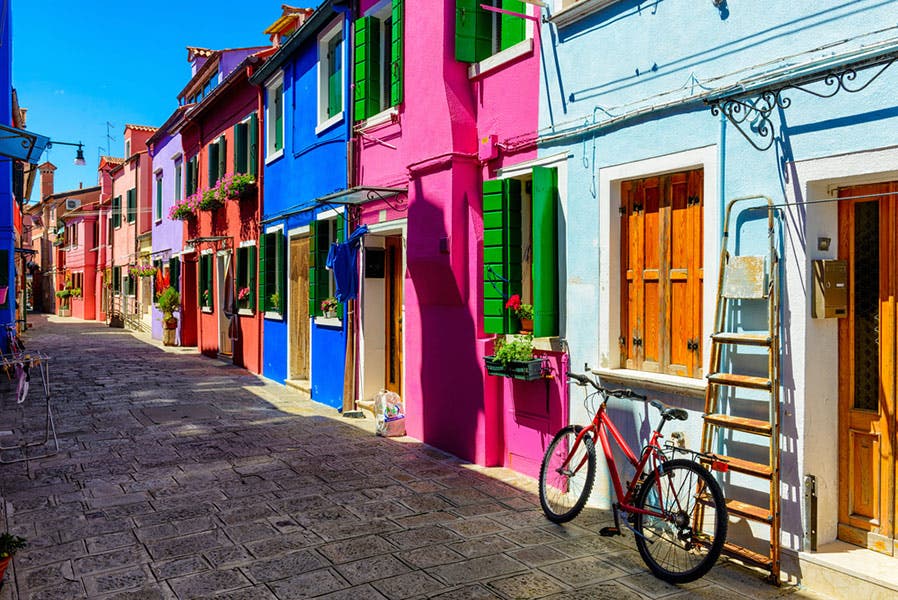
Consider Post-Processing
Most (if not all) photographers often take that extra step of post-processing their images in order to improve their photos. As long as it is not overdone, little tweaks like color corrections and exposure or contrast adjustments can greatly enhance the appearance of your photo without making it look unnatural. You can even correct distortions in Photoshop, although it’s still best to learn how to eliminate or minimize distortion when shooting.
For more tips on how you can best capture outdoor architecture, here’s an AdoramaTV episode featuring Doug McKinlay:
